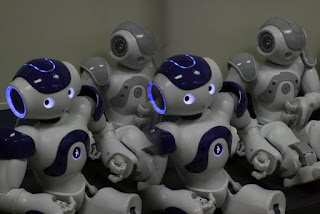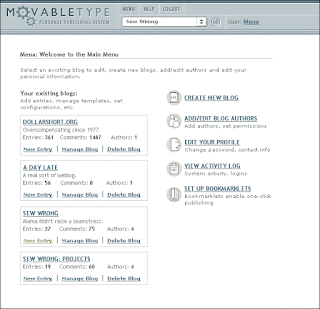It used to be so simple. The clerk or waitstaff presented you with a bill and you handed over your cash or credit card.
But then technology came along, presuming it could do this better, as it has done so many other things. And it offered, in return for a not insignificant investment, data showing you who was buying what and how each of your employees were performing. Merchants got locked in to their first vendor because it became apparent that the cost of changing wasnt worth the return. The problem is that too many people are trying to get a piece of what is already a transaction with small margins. But software and the electronic ecosystem were there to stay.
What is interesting is that rather than consolidating, like so many other parts of the technoverse, this market has fragmented. Not even Apple could make much of a dent. Which means inefficiency reigns until someone figures out how to make enough of a difference to dominate. JL
Alexis Madrigal reports in The Atlantic, photo by Adam Hunger in Reuters:
Like every other part of the world that software is digesting, the gap
between the mega-trend and the lived reality is where the money is made. This world requires hundreds of thousands of businesses to work through hundreds of vendors to reach thousands of
banks. Every company is trying to extract some bits (of data, of money)
from every transaction, building fortunes out of pennies. That’s
why Google Pay and Apple Pay didn’t take off like Facebook or Uber.
There are just too many human hands reaching for pockets that need to
get on board.




























































